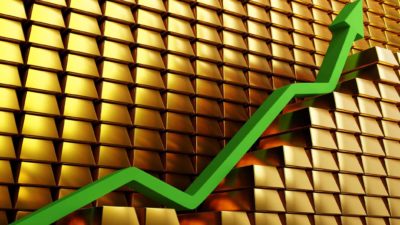The Bubs Australia Ltd (ASX: BUB) share price is climbing once again, having gained more than 6% since the market open today.
At the time of writing, shares in the organic baby food company are changing hands at 51 cents after hitting an intraday high of 52 cents.
What's fuelling the Bubs share price lately?
Today's gains extend Bubs' rally over the past 6 days to a 40% run into the green, well ahead of the benchmark S&P/ASX 200 Index (ASX: XJO)'s return of 2% in that time.
Bubs shares had popped on the release of the company's Q1 trading update where it delivered a stellar 96% year on year and 45% sequential growth in revenue to $18.5 million.
Infant formula revenues alone came in 124% on top of the same time last year and 64% ahead of Q4 FY21.
This quarter's tremendous growth was underscored by Bubs' exposure to the re-emerging consumer market of China.
For instance, combined sales from each cross-border sales channel into China increased 156% year over year, demonstrating the aggregate demand in the Chinese infant formula market once again.
In fact, Bubs posted an approximate 490% year on year gain total gross international revenue, further alluding to this sentiment.
Doubtless, shareholders welcomed the company's performance which comes after a series of underwhelming earnings results in the last several quarters. Bubs shares spiked to close almost 40% higher on the day of its Q1 earnings update.
Since then, leading broker Bell Potter chimed in and upgraded its rating on the company's shares to a buy, assigning a 65 cent price target on the infant formula behemoth.
It cited the company's strong Q1 FY22 results as a reason for the upgrade, alongside an improved trade outlook into China.
The broker's valuation implies a 29% upside potential from the current Bubs share price, indicating its bullish stance on the investment opportunity.
Bubs share price snapshot
Bubs shares have had an incredibly difficult year to date, marred by instability and controversy in its end-markets.
As such, it is swimming in a sea of red these past 12 months, having posted a loss of 32% in the last year and down 14% since January 1.
These results significantly lag the benchmark index's return of around 19% in the last year.









